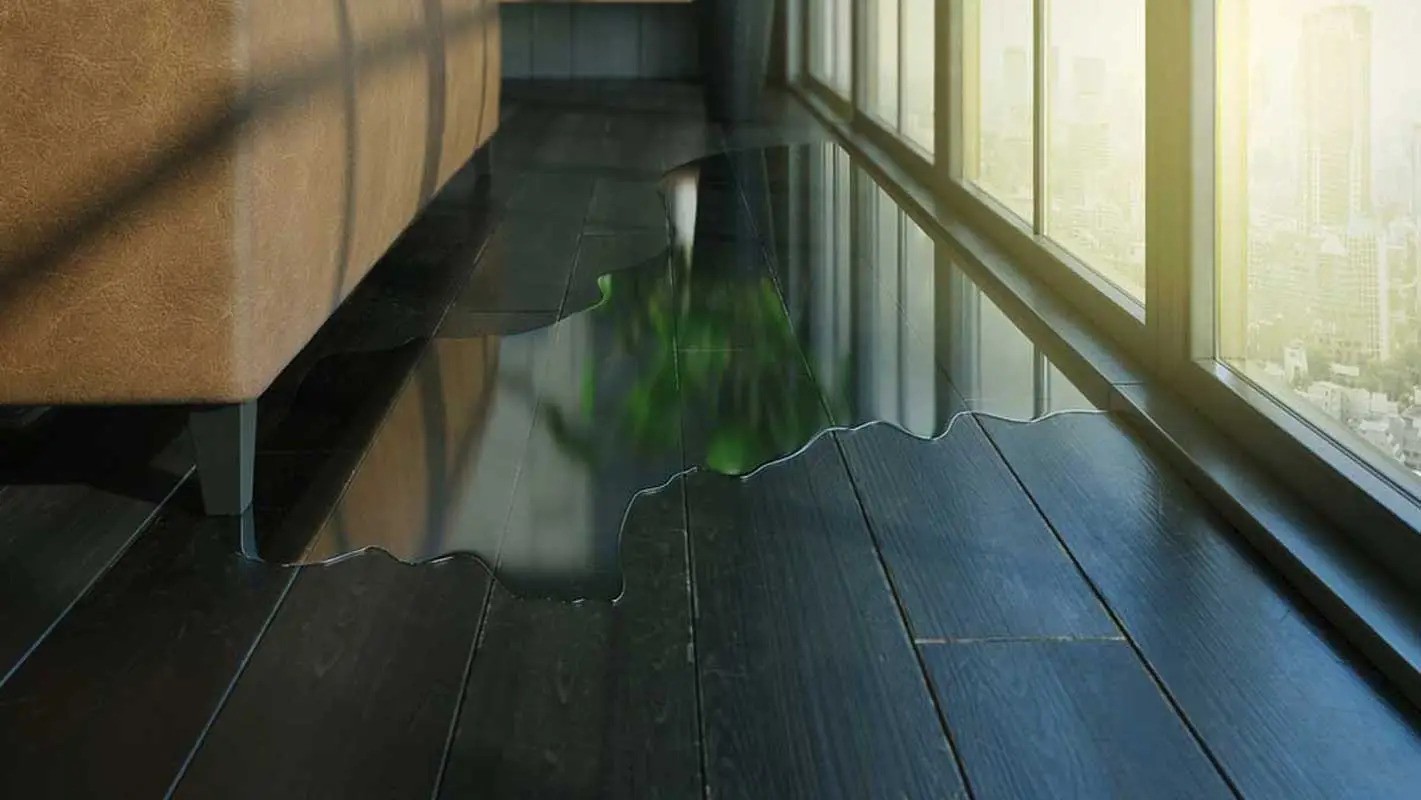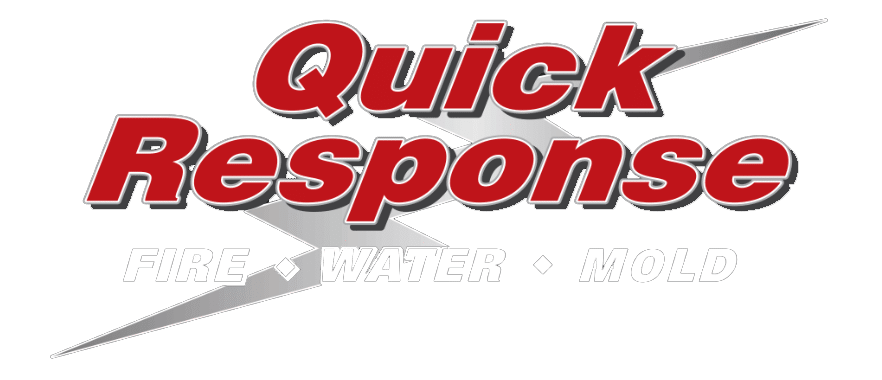A flooded basement is a nightmare for any homeowner. Whether it’s from heavy rain, a…

Water Loss and Damage: Everything You Need to Know
When you experience damage due to water loss, you may be under the assumption that you are solely dealing with plain tap water. In fact, there are three primary categories of water that can affect your water damage restoration efforts. Water damage is a common and often destructive occurrence that can have varying degrees of severity.
In this post, Quick Response Restoration will discuss the different categories and classes of water loss. Whether you’re a homeowner or business owner, understanding the types of water damage can help you prepare for the worst and protect your property.
Water Damage And Its Impact On Your Property
Water damage can have devastating effects on properties, leading to structural deterioration, mold growth, and potential health hazards. From weakened foundations to compromised electrical systems, the impact of water damage is far-reaching.
Furthermore, water damage can devalue properties and lead to costly repairs if not addressed promptly and effectively. It’s imperative to seek professional assistance to mitigate water damage and safeguard the integrity and value of your property.
Understanding The Categories Of Water Loss
Category 1 Water Loss
Category 1 water loss refers to water damage from clean water sources, such as broken water supply lines, tub or sink overflows with no contaminants, melting snow, or rainwater infiltration.
This type of water is not considered a substantial risk to humans if they are consumed or exposed to it, and it poses the least health risk compared to Category 2 and Category 3 water losses. However, if left untreated, Category 1 water can escalate to Category 2 or 3, making prompt mitigation crucial to prevent further damage and mold growth.
Category 2 Water Loss
Category 2 water loss, also known as “grey water,” refers to water that contains a significant degree of chemical, biological, or physical contaminants. This type of water poses a health risk if ingested or exposed.
Examples of Category 2 water sources include discharge from dishwashers or washing machines, overflows from toilet bowls with urine (but no feces), sump pump failures, and other water sources that do not contain fecal matter. Prompt action is necessary to prevent the situation from deteriorating into Category 3 water damage, which is more severe and poses more significant health risks.
Category 3 Water Loss
Category 3 water loss, commonly referred to as “black water,” is the most severe classification of water damage. It involves water that is significantly contaminated and could cause serious illness or even death if ingested.
Category 3 water sources include sewage, floodwaters from rivers or streams, seawater, and water from the toilet containing feces. Additionally, water that has been standing long enough to support microbial growth also falls under Category 3. Restoration efforts for Category 3 water loss require professional expertise and specialized equipment to ensure safe and thorough cleanup and decontamination.
Exploring The Classes Of Water Loss And Their Severity
Class 1: Minimal damage
Class 1 water loss involves a small area affected by water, with minimal absorption and evaporation. This class is characterized by low-permeance materials, such as concrete or plywood. While the damage may be limited, prompt attention is required to prevent further complications.
Class 2: Significant Damage
Class 2 water loss involves a larger area affected by water, with increased absorption and evaporation. This class typically includes materials with a higher permeance, such as carpets and cushions. Prompt action is crucial to prevent secondary damage, such as mold growth or structural issues.
Class 3: Extensive Damage
Class 3 water loss involves the greatest amount of water absorption and evaporation. It often affects the entire area, including walls, ceilings, and furniture. This class requires specialized equipment and professional expertise to ensure thorough drying and restoration.
Class 4: Specialty Drying Situations
Class 4 water loss refers to specialty drying situations, often involving materials with very low permeance, such as hardwood floors, concrete, or plaster. These materials require unique drying techniques and equipment to effectively remove moisture and prevent long-term damage.
Common Causes Of Water Damage
Water damage can occur for various reasons, and understanding the common causes can help you take preventive measures. Some of the most common causes of water damage include:
- Plumbing issues, such as burst pipes or leaking fixtures
- Roof leaks caused by damaged shingles or improper installation
- Natural disasters, such as floods or storms
- Appliance malfunctions, such as a malfunctioning washing machine or dishwasher
- Poor drainage or inadequate waterproofing in basements or crawl spaces
By addressing these potential vulnerabilities and implementing proactive measures, you can minimize the risk of water damage to your property.
Hiring Professional Water Damage Repair Services
When it comes to water damage, it is crucial to hire professional restoration services. They have the expertise and equipment to handle the cleanup, drying, and restoration process effectively.
When in need of fast water damage repair, don’t hesitate to call Quick Response Restoration. Our expert team is dedicated to swiftly and effectively restoring your property, ensuring a quick and reliable solution to any water-related issues. Trust Quick Response Restoration to handle your water damage repair needs promptly and professionally.
Expert Water Damage in Saratoga County, NY: Quick Response Restoration Has You Covered!
When it comes to expert water damage repair and replacement services in Saratoga County, NY, Quick Response Restoration is your trusted partner. With over 25 years of experience, our team is dedicated to restoring your property quickly and effectively. Whether it’s storm damage, fire and smoke damage, or water and sewer restoration, we’re equipped to handle it all. Don’t let water damage disrupt your life – contact us today to experience our reliable 24/7 emergency services and get your property back to its original state in no time!
Contact us today to take control of your emergency preparedness by visiting our website or calling 518-899-7090.




